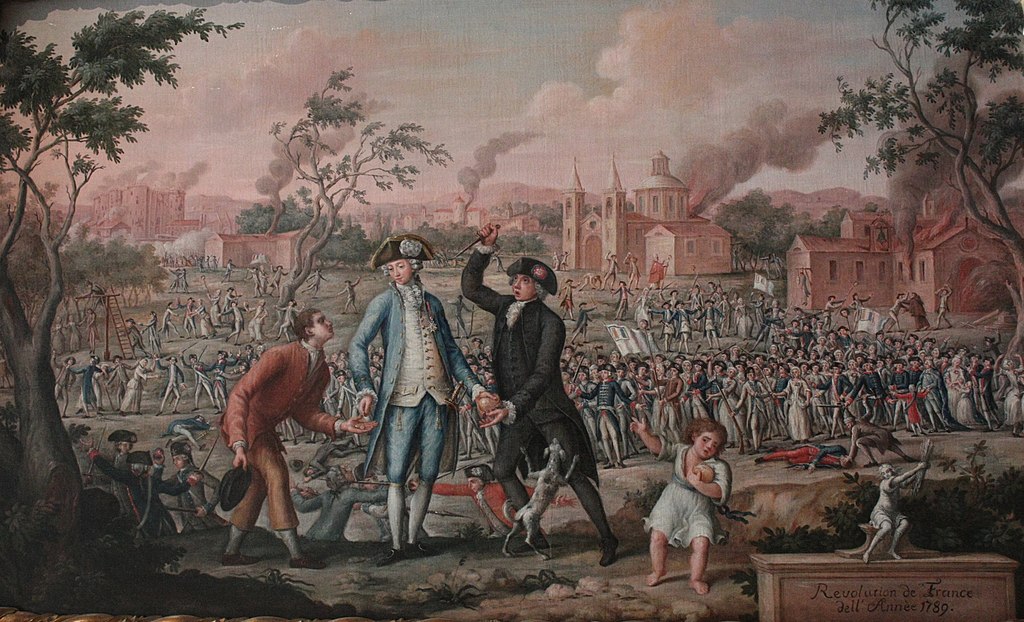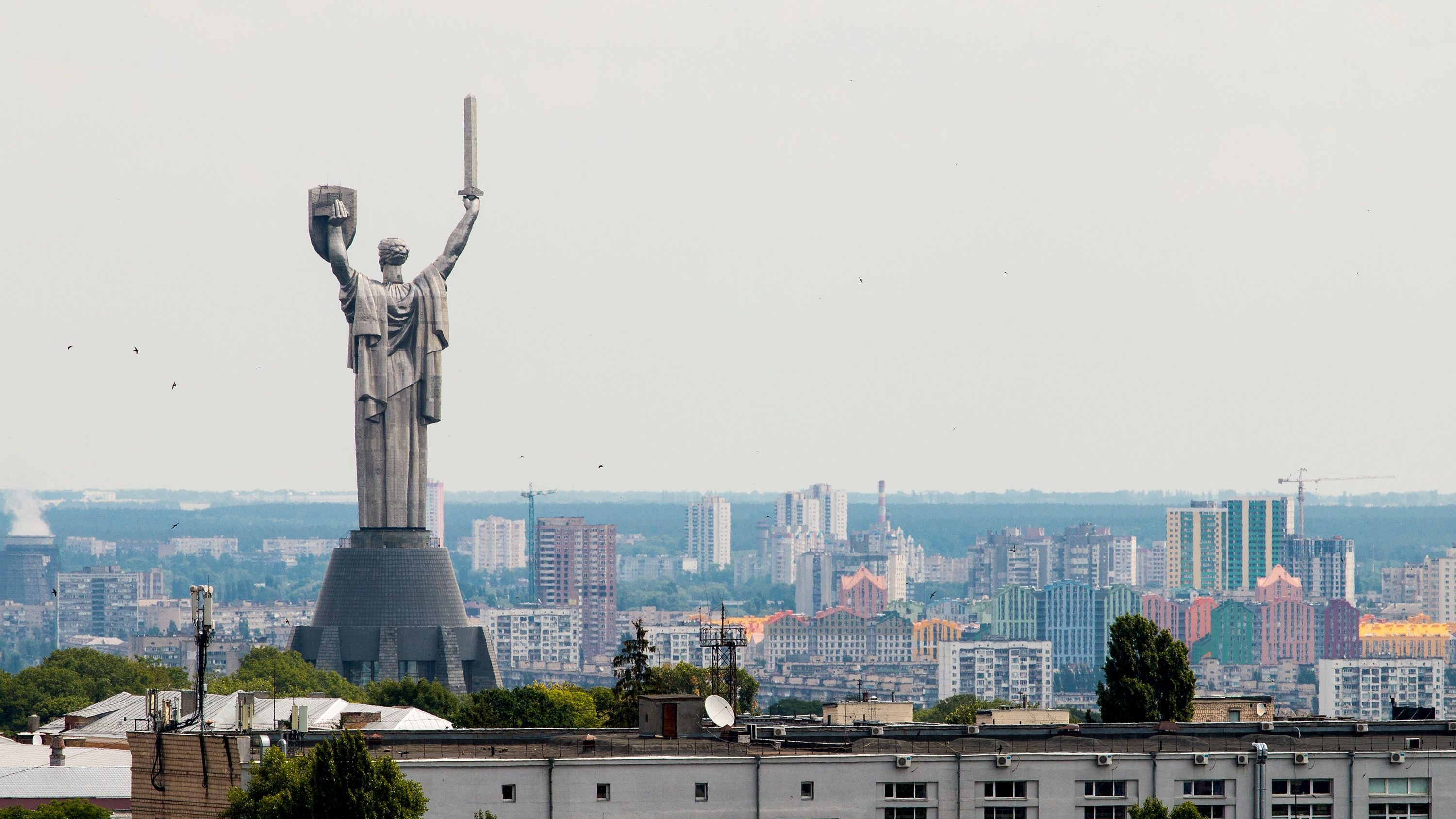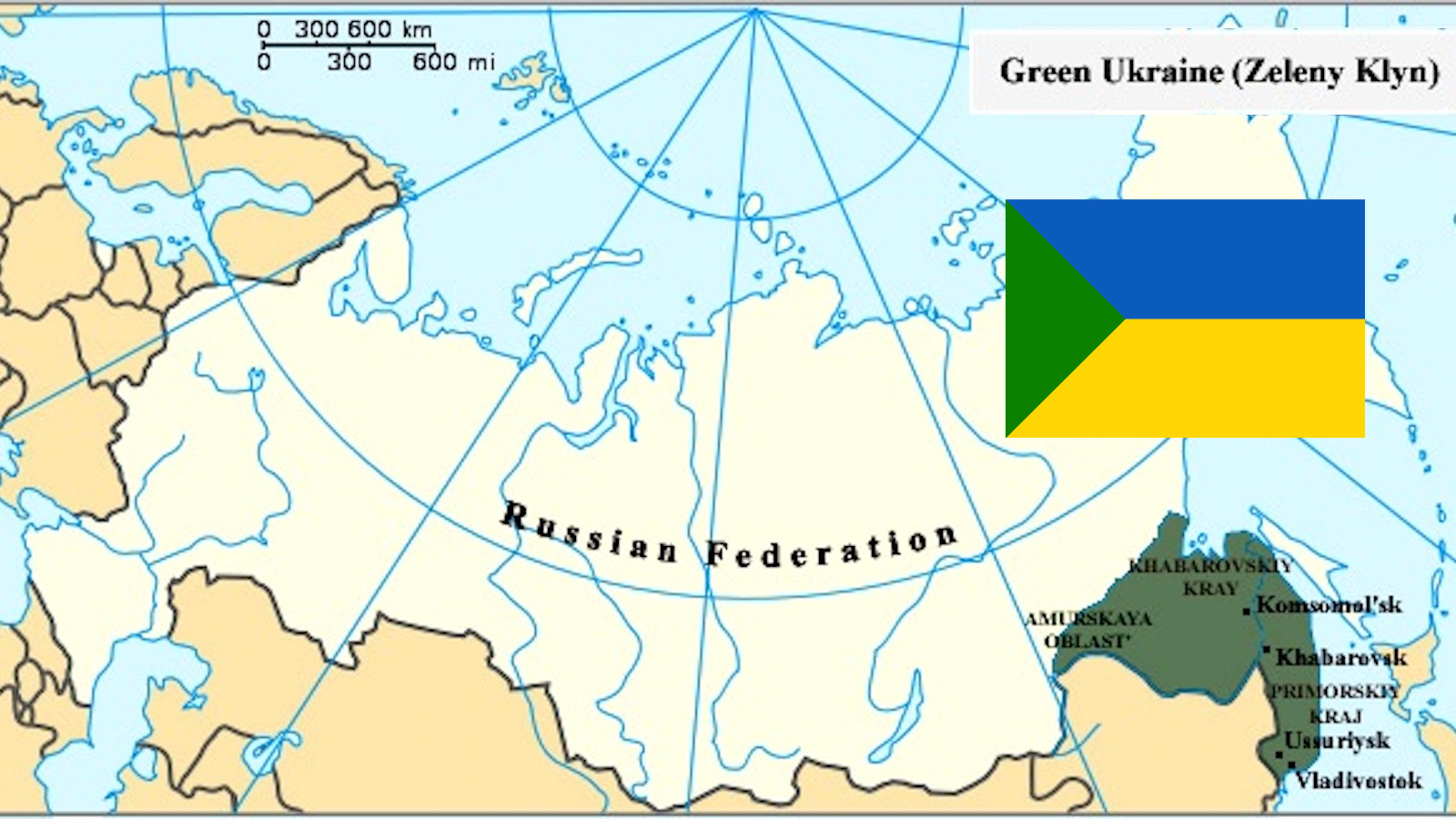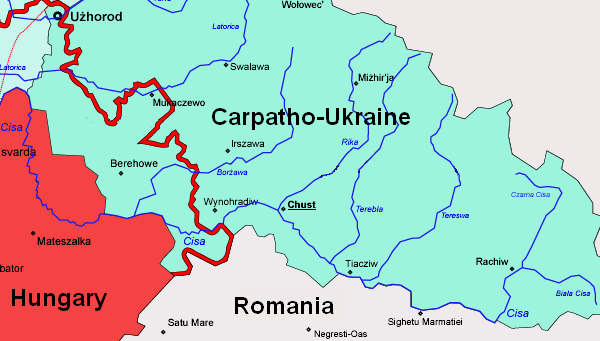What was the most important political revolution of the 20th century?
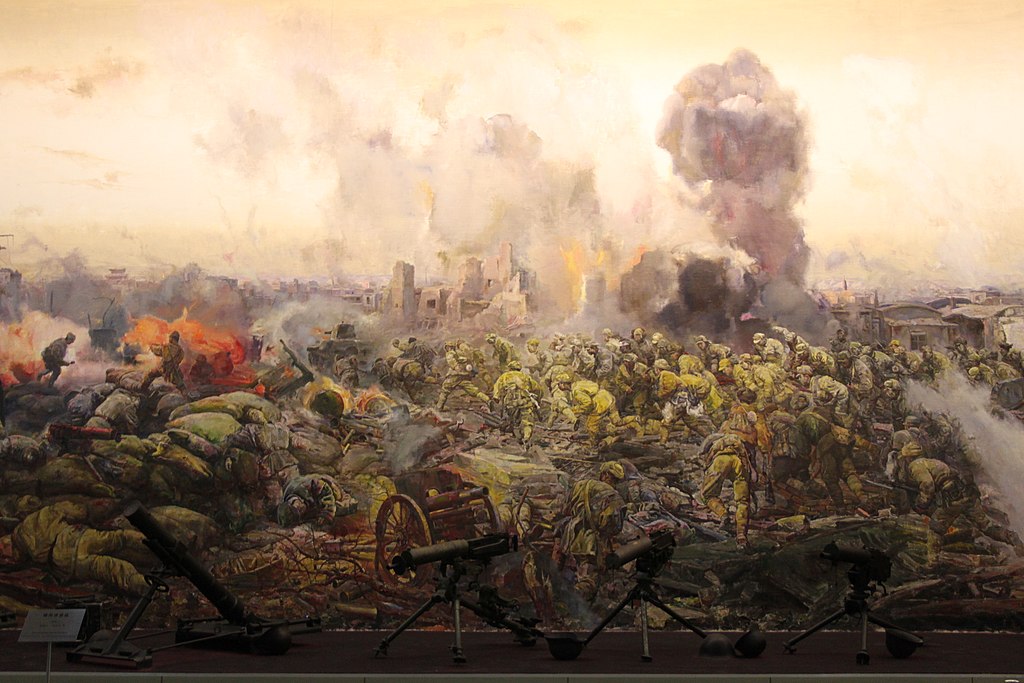
- It is hard to say which revolution was the most important, not in the least because historians still disagree on what revolutions actually are.
- If importance is defined in terms of international ramifications, then Russia’s and China’s communist revolutions would be the two strongest contenders.
- Rather than looking for similarities between revolutions, modern historians now focus on what makes each conflict unique.
The question, “What was the most important political revolution of the 20th century?” is as problematic as it is difficult to answer, and that’s due to a number of reasons. One of these is that historians have yet to agree on a proper definition of what a revolution is and isn’t. The term is most commonly used to refer to a period of social and political upheaval, but it can also be used, more broadly, to refer to a period of drastic, non-political change, like the industrial or scientific revolutions.
Then there is the question of which events should and shouldn’t be considered revolutions. Professional historians have very little they can agree on. Several historians, for instance, argue that the American Civil War should be considered an extension of the American Revolution — a second attempt to free the country from autocracy, this time in the form slavery. Likewise, there are historians that argue the French Revolution, arguably the most famous revolution of all time, was not actually a revolution.
Once an event qualifies as a revolution, the next question is to determine if it was the “the most important” of its time. This is especially tricky, as the historical significance of past events constantly changes as time passes. As Columbia University professor Richard Bullet points out in a lecture on 20th century history that was posted on YouTube, historians did not initially refer to World War I as “World War I.” That title was given only after World War II took place.
Last but not least, there are those who believe ranking historical events in terms of importance is misconceived and inappropriate. In the past, scholars attempted to turn the study of revolution into a hard science. They believed that there were laws governing human behavior and that, by understanding those laws, we could find out why some revolutions succeed while others fail. Recently, the academic community has moved toward a cultural study of revolutions — instead of looking at the similarities between conflicts, historians are now more interested in what makes each conflict unique.
However, as contentious as these kinds of questions can be, they still invite us to think critically about past events. Even though we may never know for sure which 20th century revolution was the “most important” (if any should actually claim that title), we will still walk away from this endeavor with a deeper understanding of some of the most decisive moments in the last 100 years or so, not to mention their international and intergenerational ramifications.
The October Revolution of 1917
In February 1917, an uprising in Saint Petersburg led to the abdication of Tsar Nicholas II and the establishment of a provisional government made up of the many different socialist parties that had taken root in Russia during the previous decades. During the fall of that same year, one of those parties, the Bolsheviks, took advantage of the chaos and confusion of World War I to put the provisional government out of commission and establish a state of its own.
After cementing their rule in a bloody civil war, the Bolsheviks, who by then had rebranded themselves as the Communist Party, transformed their country beyond recognition. Prior to the takeover, Russia was often described as a backward nation, and ordinary Russians experienced a quality of life that had not been seen in Europe since the Middle Ages. But by the time the Soviet Union collapsed, Russia had transformed itself into a nuclear-armed superpower.
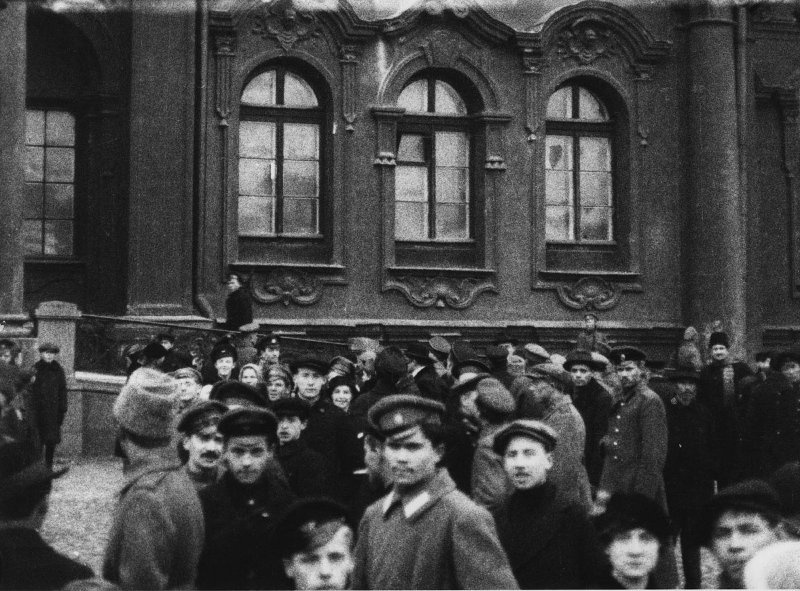
Party leader Vladimir Lenin believed the October Revolution could serve as the spark that ignited the global proletarian uprising Karl Marx had written about. Though this did not happen, Russia’s communist experiment nonetheless emboldened revolutionaries across the globe, leading to the establishment of communist, socialist states in China, India, Cuba, Vietnam, Korea, and Cambodia among others — all countries that had long suffered under Western imperialism.
The October Revolution can also be considered significant insofar as it created a society capable of stopping the spread of Nazism. The Battle of Stalingrad, fought not far from the border with Ukraine, is widely considered the most decisive military confrontation in World War II, as well as the beginning of the end for the Third Reich. As a direct result of its victory, the USSR gained control over Eastern Europe, supervising its postwar reconstruction while implementing communist legislation.
The communist presence in Europe left a lasting impact on both sides of the Iron Curtain. In the east, much of the postwar government infrastructure implemented by the Soviets remains intact today. As for the west, British historian E.H. Carr remarked as early as 1946 that “the Soviet example, consciously or unconsciously, had helped spur West European reforms.”
The short 20th century: 1914-1991
So significant were the ramifications of the October Revolution that the historian Eric Hobsbawm proposed alternative dates to mark the beginning and end of the 20th century. Instead of the year 1900, Hobsbawn maintains that the 20th century really began around 1914, following the outbreak of World War I, and concluded in 1991, with the collapse of the USSR and the dissolution of the Communist Party in Russia, creating economic crises for communist satellite states.
Hobsbawm proposed this dating in his seminal work, The Age of Extremes: The Short Twentieth Century, 1914–1991. These years mark the boundaries not of a chronological century but of a period of time united by a common zeitgeist, a central idea that seemed to lie at the heart of just about every conflict that took place. The way Hobsbawm saw it, communism was one of the most persistent meta-narratives that attempted to replace the void left by religion.
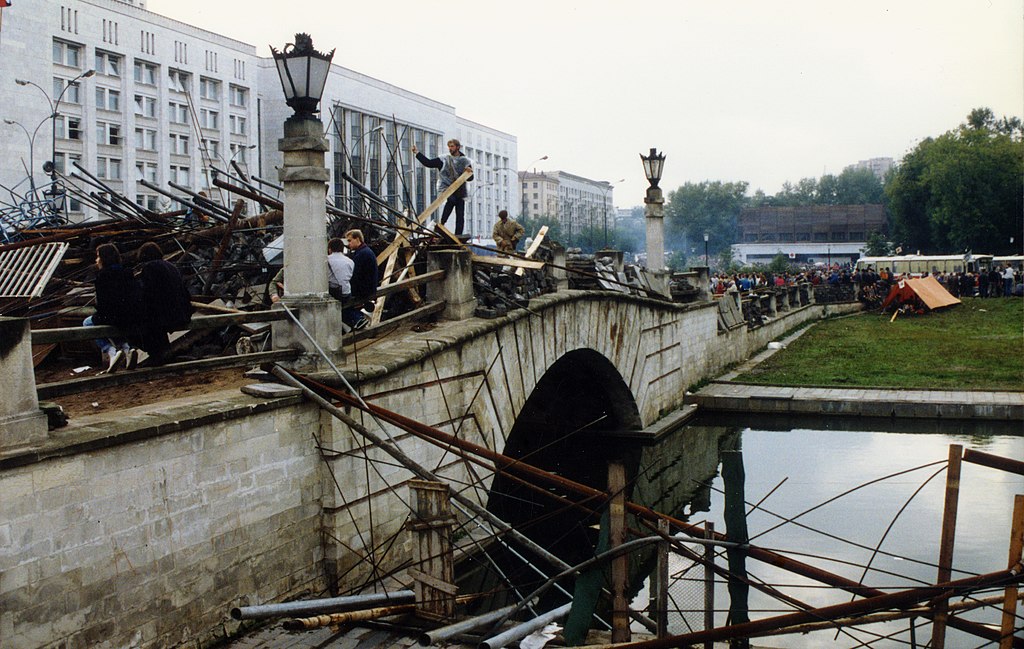
In 1991, world history officially started a new chapter, one that would adopt a different narrative through line than communism versus capitalism. “With the collapse of the USSR the experiment of ‘really existing socialism’ came to an end,” Hobsbawm explains in his book. “For, even where communist regimes survived and succeeded, as in China, they abandoned the original ideal of a single, centrally controlled and state-planned economy based on a completely collectivized state… will this experiment ever be renewed?”
While the Soviet Union is now considered a thing of the past, the October Revolution isn’t. As American historian Michael Kort points out in an article written for the Oxford University Press blog, the February Revolution of 1917 (when autocracy ended and a republic was briefly established) marked the point that Western influence in Russia was at an all-time high, while the October Revolution marked the point that this cultural, political, and economic influence was at an all-time low, starting a trend that would continue well into the lifespan of the Russian Federation.
“Between 1985 and 1999,” Kort writes, “Mikhail Gorbachev and then Boris Yeltsin attempted to lead Russia back toward the West. But neither leader could overcome the Russian Revolution’s unrelenting undertow. Both Gorbachev and Yeltsin ultimately were swamped, and in 1999, with Vladimir Putin‘s rise to power, Russia’s anti-Western tide resumed its flow.”
The Chinese Revolution of 1949
Another strong contender for “most important political revolution” is the Chinese Revolution of 1949, in which the Chinese Communist Party led by Mao Zedong defeated Chinese nationalists and established itself as the sole governing body of the country. The Bolshevik uprising might have had the greatest significance during the previous century, but the Chinese Revolution is more relevant to us today.
Like the October Revolution, the Chinese Revolution of 1949 swept up a cultural storm that spread to different parts of the world. Mao also believed in the historical inevitability of a global socialist uprising, and although the People’s Republic of China played a less prominent role in foreign conflicts than the Soviet Union, its rapid industrialization and cultural transformation inspired numerous grassroots movements.
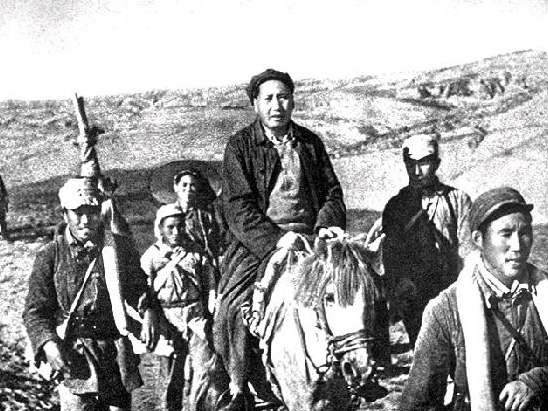
From 1966 to 1967, issues of the Peking Review — China’s only national English newsletter — highlighted various international communities that had taken to organizing their private lives and business practices along Maoist lines. These included Sri Lankan traders, Malian craftsmen, Argentine ophthalmologists, Italian publishers, Guinean dancers, Syrian journalists, Congolese soldiers, and Venezuelan pirates.
Although the Peking Review invariably overstated Mao’s influence and adulation abroad, these reports clearly demonstrate that China’s revolutions resonated with radicals in other countries. According to Julia Lovell, a professor of modern Chinese history and literature at Birkbeck, University of London, “Mao and his ideas of continuous, peasant revolution appealed to left-wing rebels as well as civil-rights and anti-racism campaigners in the U.S., Australia and Western Europe.”
In Europe, the Cultural Revolution inspired student protests as well as feminist and gay rights activism. Meanwhile, many developing countries in Asia, Africa, and South America took to Maoist idioms of “self-reliance, party rectification, and revolutionary spontaneity” and incorporated these into their anti-colonial campaigns.
Communism and China’s status as superpower
The Chinese Revolution of 1949 was especially significant insofar as it relates to the People’s Republic of China’s rise as a global and — unlike the Soviet Union — enduring superpower. Before the Communist Party took over, China’s position on the world stage was incredibly compromised. Its imperial past no more than a distant memory, the country suffered greatly during the Opium Wars, which, aside from the widespread health problems, resulted in China losing the port city of Hong Kong to the British.
Chinese economic policy was different from that of other countries. Following in the Soviet Union’s footsteps, the Chinese Communist Party introduced a centrally planned economy. Private farms were reorganized into collective ones. Industrial inputs and outputs were regulated, not through the forces of free markets, but through five-year plans that determined long-term economic goals and resource allocation.

The consensus among western scholars is that these policies often resulted in catastrophe. In 1959, mismanagement, experimentation, and natural disasters created a famine that killed an estimated 30 million people, and stunted industrial development led cadres to openly question Mao’s ability to rule the country. Data from the Chinese government during this time greatly exaggerated economic performance, and after 1960, statistical reports ceased publication altogether.
The economic development that turned China into a superpower took place not under Mao’s administration but that of his successor, Deng Xiaoping. In 1978, Deng proposed a series of reforms that made it easier for China to do business with foreign countries. Once China had entered international trade and investment flows, its economy exploded. From 1989 to 2017, its GDP grew at an average of 9.71% per year — the fastest sustained expansion in history, according to the World Bank.
Initially, scholars attributed Deng’s success to his departure from Mao: a decisive triumph of pragmatism over revolutionary idealism. Recently, though, scholars started reconsidering Mao’s impact on China’s development. Sebastian Heilmann, president of the Mercator Institute of Chinese Studies and author of China’s Political System, attributes the country’s geopolitical flourishing to its readiness to experiment and take risks — a strategy that originated in Mao’s pre-revolutionary government.
“How did a socialist bureaucratic system get this kind of adaptability that you didn’t see in central Europe?” Heilmann mentions during a 2017 interview with the New York Times. “It’s due to the specific historical experiences of this party… It controlled very spread-out and not contiguous districts. So when it tried something like land reform it was done experimentally and in a decentralized fashion. This was fundamentally different from the Soviet Union.”
